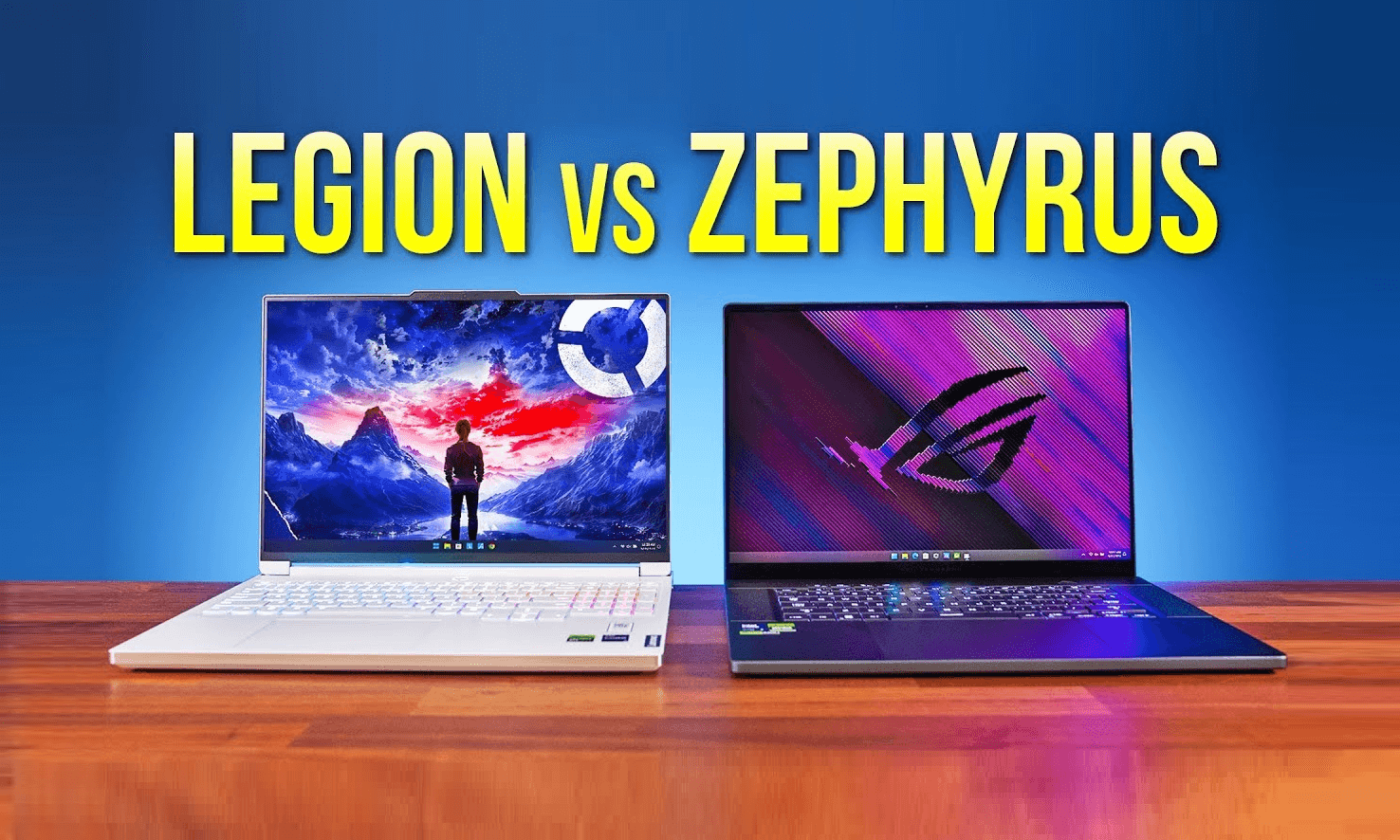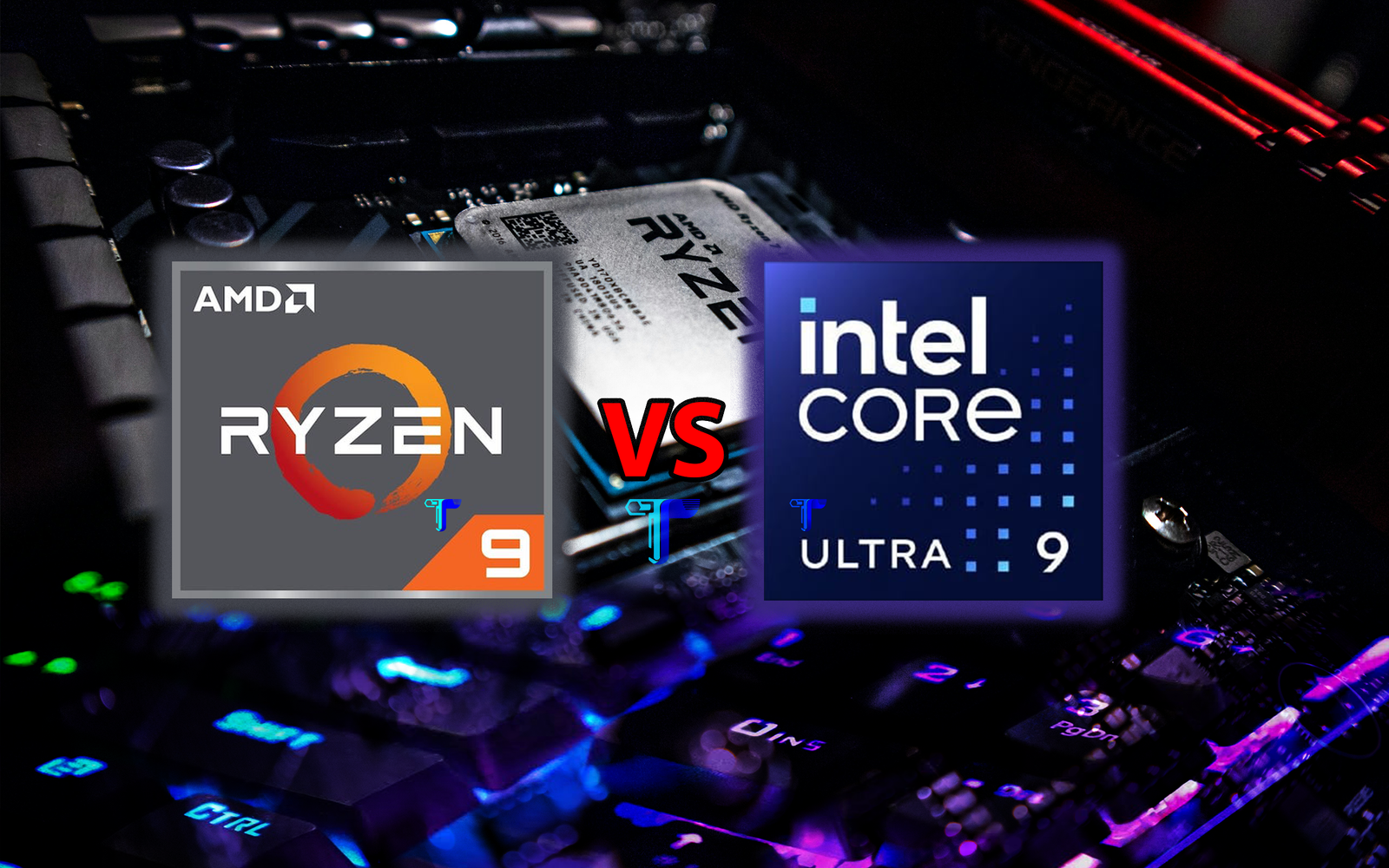In today’s Tech a City review, the spotlight is on AORUS motherboards—specifically, the X870 Elite and X870E Master. Both promise powerful features, but after a close look, it’s clear there are both highs and lows, especially when considering their price points. Here’s a detailed breakdown of the review.
Introduction to X870 and X870E
The X870 platform can be summarized as a step up from the B650, while the X870E is an enhanced version of the X670. Both boards guarantee USB 4 support, but this improvement comes with a hefty price tag, causing some disappointment. AMD’s increasing chipset costs have led to higher prices, even for mid-range boards like the X870 Elite, where an additional $30 has been tacked on for the chipset upgrade.
BIOS Issues and Criticism
A significant concern with these motherboards is the BIOS performance. The reviewer noted that the BIOS is laggy and slow to respond, something AORUS needs to address. In comparison to previous versions, the overall user experience has declined, with the BIOS text and interface also receiving criticism. While these issues may seem minor, they detract from the ease of use that AORUS motherboards were once known for.
Onboard Audio: A Highlight
Despite the BIOS issues, AORUS scores high marks for its onboard audio performance. Both the X870 Elite and Master feature the Realtek ALC1220 audio codec, delivering excellent frequency response, crosstalk, and amplification. Whether it’s gaming or listening to music, the audio performance on these boards will satisfy 99.9% of users, making this one of the strong points of the product.
VRM Performance
The AORUS X870E Master, priced at $500, delivered outstanding VRM performance. During testing with the power-hungry Ryzen 9 7950X CPU, the VRM temperatures remained impressively low, with surface temps maxing out at 53°C and the heatsink temperature at 41°C. These results indicate that the Master board is capable of handling heavy loads without overheating, making it a great option for high-performance builds.
On the other hand, the X870 Elite Wi-Fi 7’s VRM performance was also solid but slightly inferior to the Master. The temperatures reached 59°C on the hottest surface, which is still within a safe range. Both boards use a 16+2+2 VRM phase design, ensuring stable power delivery to the CPU, but the Master comes out on top in terms of thermal performance.
Memory and M.2 Slots
Another notable aspect is the memory overclocking capability of the X870E Master. During testing, the motherboard handled 6400 MHz CL32 memory and allowed a 2133 Infinity Fabric ratio, providing optimal performance for enthusiasts. However, the X870 Elite failed to pass the same test, showing limitations when compared to its higher-end counterpart.
The M.2 slot design on both boards also deserves praise. AORUS has labeled the slots clearly, making it easy for users to identify the Gen 5 slots. The tool-free latching mechanism further simplifies the installation process, enhancing the user experience.
Connectivity and Ports
Both motherboards come equipped with an array of ports. On the rear I/O, you’ll find two USB Type-C ports, 10 Type-A ports, a 5G LAN port, Wi-Fi 7, and standard audio jacks. The 5G LAN was a choice made to differentiate between high-end and mid-range boards, as 10G connections are significantly more expensive to implement. The X870E Master also features an internal HDMI out, a unique addition, and numerous fan ports for cooling.
Conclusion: Are They Worth the Price?
In conclusion, while the AORUS X870E Master excels in performance and features, its steep price of $500 may not offer the best value for all users. The X870 Elite Wi-Fi 7, while solid, lacks the same level of refinement, especially in terms of BIOS and memory performance.
For those seeking value for money, these boards may fall short, as inflation and chipset costs have driven prices up. If you’re willing to pay for top-tier performance and features, the Master is a good choice. However, if you’re budget-conscious, you might want to explore other options that offer better value for your dollar.




